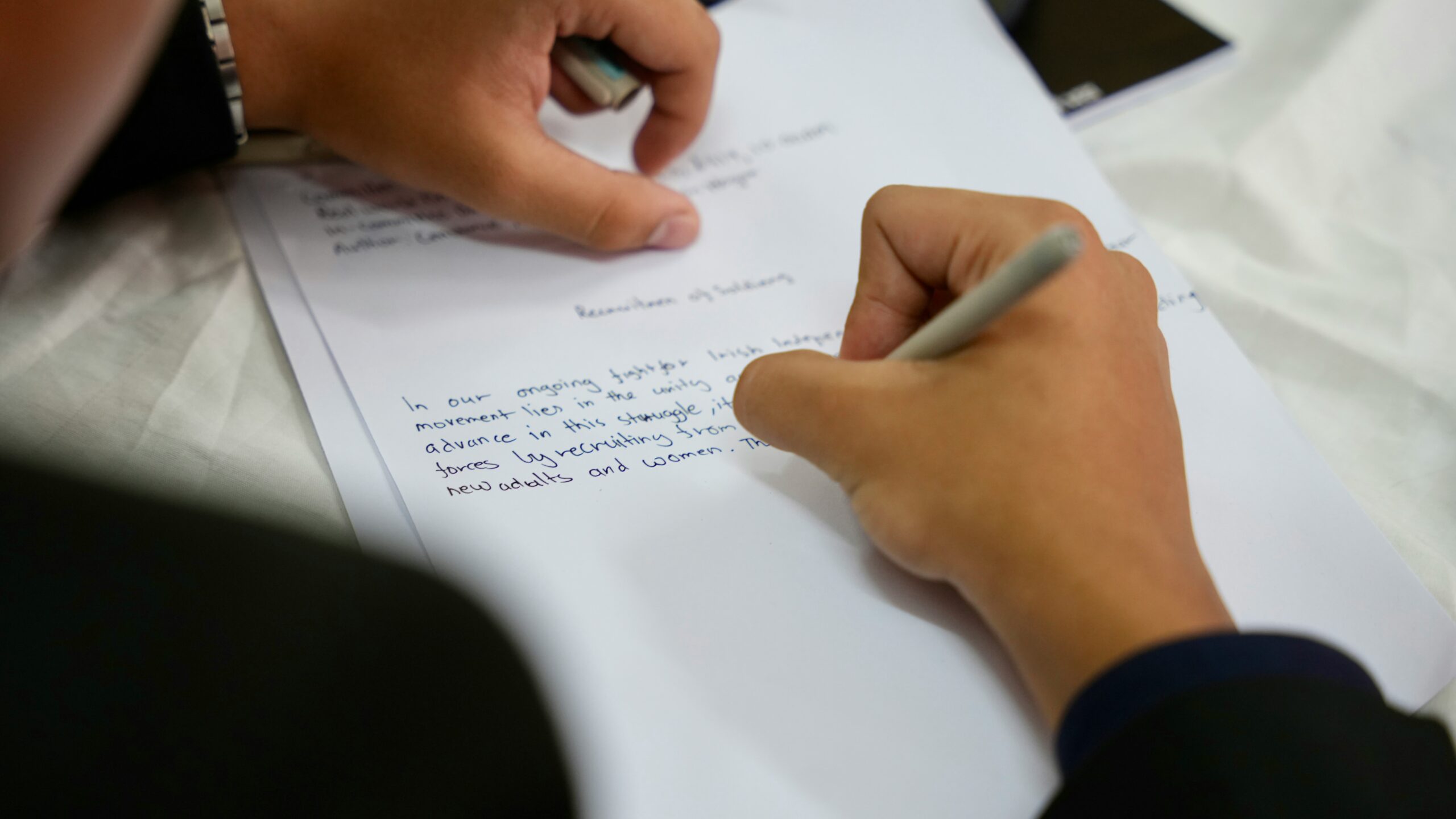
Trial work is a skill that requires precision, strategy, and adaptability. Mastering the courtroom is essential for any legal professional looking to succeed in litigation. Whether you’re a seasoned attorney or a newcomer to the courtroom, the right strategies can make the difference between a win and a loss. In this article, we’ll explore essential trial work strategies, focusing on courtroom tactics, preparation techniques, and methods for building a winning case.
Preparation is Key to Success
A successful trial begins long before the courtroom doors open. Proper preparation is vital, and attorneys must dedicate significant time to strategizing. Start by thoroughly reviewing the case materials, evidence, and witness statements. Knowing the facts inside and out allows you to present a clear and compelling argument to the jury. Developing a structured, logical argument based on facts and law is crucial. Your argument should be focused, concise, and persuasive, with a clear path that leads to a favorable outcome. Effective pre-trial motions are also essential. These motions help set the stage for the trial by ensuring that critical evidence is presented and addressing specific aspects of the case before the jury hears the whole presentation. Spending time thoroughly preparing ensures that you’re well-positioned for success when the trial day arrives.
Effective Communication with the Jury
Clear communication is one of the most crucial skills in trial work. Jurors must understand the evidence and arguments you present, and it’s up to you to make complex legal concepts accessible. It’s essential to avoid legal jargon or complicated explanations. Breaking down concepts into simple, understandable language helps ensure the jury grasps the key points of your argument. Storytelling can also be a powerful tool. Present the facts of the case in a way that tells a compelling story, capturing the jury’s attention and helping them remember the necessary details. Nonverbal communication also plays an essential role. Maintaining intense eye contact with the jury and using confident, deliberate body language reinforces your message. Effective communication builds trust with the jury and makes your arguments more persuasive.
Organizing and Presenting Evidence
Evidence is the backbone of any case, and presenting it in an organized and persuasive manner is key to winning a trial. When it comes to documents and exhibits, always have them prepared in advance. Introduce them smoothly during your questioning to support your points without overwhelming the jury. Visual aids such as charts, photos, or diagrams can clarify complex points and keep the jury engaged. A well-placed visual often communicates more clearly than words alone.
Additionally, preparing your witnesses thoroughly in advance of the trial is crucial. Ensure they are familiar with the case facts and the types of questions they may be asked. A confident and prepared witness adds credibility to your case. Organizing your evidence effectively and presenting it strategically ensures that you leave a lasting impression on the jury.
Understanding Courtroom Dynamics
Understanding the nuances of courtroom dynamics can give you an edge in trial work. Each courtroom has its rhythm, and knowing how to navigate it is vital. It’s essential to understand the preferences of the judge you’re working with. Every judge has their style, and understanding these preferences can help make your trial more efficient. For example, some judges may prefer arguments to be delivered more concisely, while others allow more flexibility in presentation. Trial work also requires the ability to react quickly to the strategies of opposing counsel. Stay flexible and adapt your approach as needed. If they try to derail your case with objections or unexpected questions, be ready with counterarguments. Maintaining professionalism throughout the trial is crucial. Your conduct, both in front of the judge and the jury, sets the tone for the trial. Staying calm and composed, even under pressure, enhances your credibility and strengthens your case.
The Closing Argument: Sealing the Deal
Your closing argument is the final opportunity to leave a lasting impression on the jury. It is crucial to summarize the most critical points of your case, reinforcing the evidence and testimony that support your argument. Make it clear to the jury why they should rule in your favor. While your argument should be grounded in facts and logic, don’t shy away from appealing to the jury’s emotions. Highlight the human aspect of the case and emphasize the impact of the outcome. End your closing argument by asking the jury to do what is right. Remind them of their duty to render a fair and just decision based on the evidence presented. The closing argument can often be the deciding factor in the outcome of the trial, and it is your final opportunity to persuade the jury.
Dealing with Objections and Interruptions
Objections and interruptions are common in trial work, and handling them gracefully and effectively is crucial to maintaining control of the trial. Familiarizing yourself with the rules of evidence and procedure helps you anticipate objections and respond quickly when they arise. It’s essential to remain calm when an objection is raised. If opposing counsel introduces irrelevant or inadmissible evidence, don’t hesitate to object. By mastering objections and interruptions, you maintain control over the flow of the trial, ensuring that your case remains strong and free from distractions.
Final Thoughts
Mastering trial work takes practice, patience, and persistence. The strategies outlined in this article will help you build a strong foundation for success in the courtroom. From preparation to closing arguments, every step of the process plays a crucial role in shaping the outcome of a case. By refining your skills and staying adaptable, you’ll be ready to handle any challenges the courtroom throws your way.